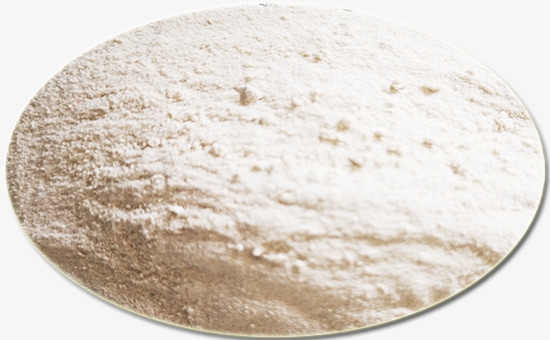
One of the main ways of recycling waste rubber is to process waste rubber into rubber powder and recycle it to the rubber and non-rubber industries again. The surface of the rubber powder processed by waste rubber is uneven and burr. It is smoother in the process of combining with rubber. It can be used in the processing of rubber and plastic products to improve the processing performance of blended materials (such as reducing the deformation of semi-finished products and promoting Exhaust, etc.). In actual production, rubber powder is widely used in the production of various rubber and plastic products, and different varieties of rubber powder have different uses and usages.
1. Tire rubber powder participates in the modification of low-density polyethylene materials
Polyethylene, or PE material, is a thermoplastic resin produced by the polymerization of ethylene. According to the polymerization method, molecular weight, molecular chain structure, it can be divided into high-density polyethylene, low-density polyethylene 2LLYY72 and linear low-density polyethylene . Low-cost tire rubber powder processed from waste tires can be blended with linear low-density polyethylene, high-density polyethylene and other materials to prepare rubber and plastic products with better overall performance.
In actual production, in the tire rubber powder/linear low density polyethylene blend system, the amount of tire rubber powder should be controlled at about 5%; the smaller the particle size of the rubber powder, the better the filling effect in the LLDPE material. It is recommended to use fine Tire rubber powder with a degree of about 100 mesh to 120 mesh, to avoid the obvious decrease of the tensile strength and elongation at break of rubber and plastic materials. When blending tire rubber powder with high-density polyethylene, appropriate use of EPDM, silicone oil and DCP can significantly improve the impact strength and tear productivity index of rubber-plastic blended materials.
2. Rubber powder improves the toughness of polypropylene material
Polypropylene material made from propylene addition polymerization has high mechanical strength, wear resistance, chemical resistance, and electrical insulation, but the impact strength is poor, and the product is prone to embrittlement during use. Other rubber and plastic materials need to be used for modification Toughened. Waste rubber and waste rubber products are recycled and reprocessed with a wide range of raw materials for rubber powder, and the product price is low. It is an ideal raw material for rubber and plastic modification; polypropylene materials with a suitable amount of rubber powder between 60 mesh and 200 mesh are more resistant to impact and toughness. Well, the use of a small amount of rubber powder of 200 mesh or more can also improve the rigidity, hardness and heat resistance of the rubber-plastic blending material.
The use of rubber powder modification in rubber and plastic materials can significantly improve the comprehensive performance of rubber and plastic materials, and the price is lower than other raw materials. It should be noted that when using rubber powder to improve the performance of rubber-plastic blending materials, it is necessary to select the rubber powder and control the amount of rubber powder reasonably to avoid the problem of improper use of rubber powder to reduce the mechanical strength of the rubber-plastic blending material.
Exclusive original article [commercial authorization] reprint, excerpt and excerpt in any form are prohibited without written authorization. Focus on Hongyun rubber: learn the process formula and raw material technology of producing rubber products from recycled rubber to help you reduce costs and increase profits